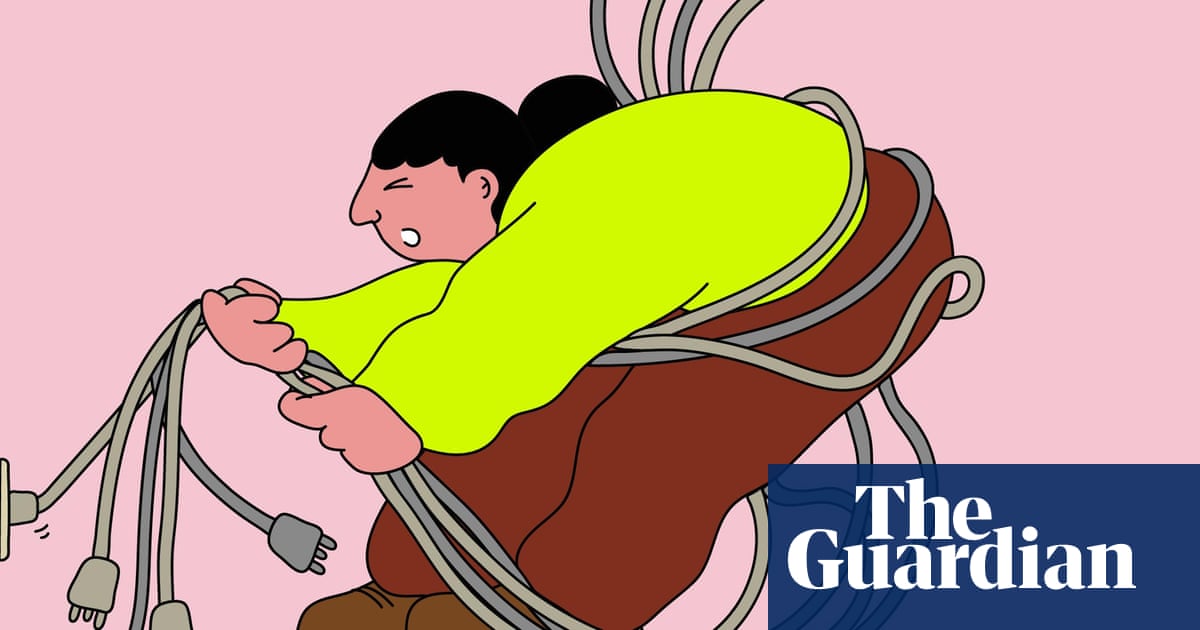They survived the catastrophe that wiped out the dinosaurs, but bedbugs were in decline until the invention of the city, which sent their numbers soaring, researchers say.
Genetic analysis of a group of bedbugs showed their history was entwined with the human story, with the blood-sucking parasites spreading and thriving as humans crammed together in large settlements.
Dr Warren Booth, an urban entomologist at Virginia Tech, said the intimate relationship between host and parasite fuelled a dramatic rise in the bedbug population around the time of the first cities, making bedbugs a contender for the first true urban pest insects.
“When we started to live in cities, we brought all these people together, and they all had their own bedbugs with them,” Booth said. “And then, as civilisation spread across the world, the bugs spread with them to the point where they’re now ubiquitous in human society.”
The scientists compared the DNA of 19 bedbugs from the Czech Republic. Nine were “associated with humans” while the rest were gathered from bat roosts. The analysis found that the ancestral populations behind both groups were in decline about 45,000 years ago, as the Earth cooled in the last glacial period.
But while the estimated population of bat-related bedbugs continued to fall to the present day, the number of human-associated bedbugs levelled off about 12,000 years ago before a “dramatic” rise about 8,000 years ago, the researchers write in Biology Letters.
The world’s first cities arose from settlements built after humans turned from a nomadic life to one dominated by agriculture. Çatalhöyük, in modern day Turkey, is about 9,000 years old and was home to thousands of people. About 5,000 years ago, Uruk in ancient Mesopotamia housed a population of 60,000.
Bedbugs evolved more than 100m years ago and fed on the blood of an unknown host before parasitising bats and early humans. “We know that the evolutionary history of humans and bedbugs has been intertwined for a long time,” said Prof Michael Siva-Jothy, an entomologist at the University of Sheffield.
after newsletter promotion
Siva-Jothy is wary about the new study’s claims, coming from a small number of bedbugs in a single country, and wonders whether other common parasites might be worthy contenders for the title of first urban insect pest. Head lice arose more than 1 million years ago, for example, and have made humans scratch ever since.

 1 day ago
10
1 day ago
10

















































